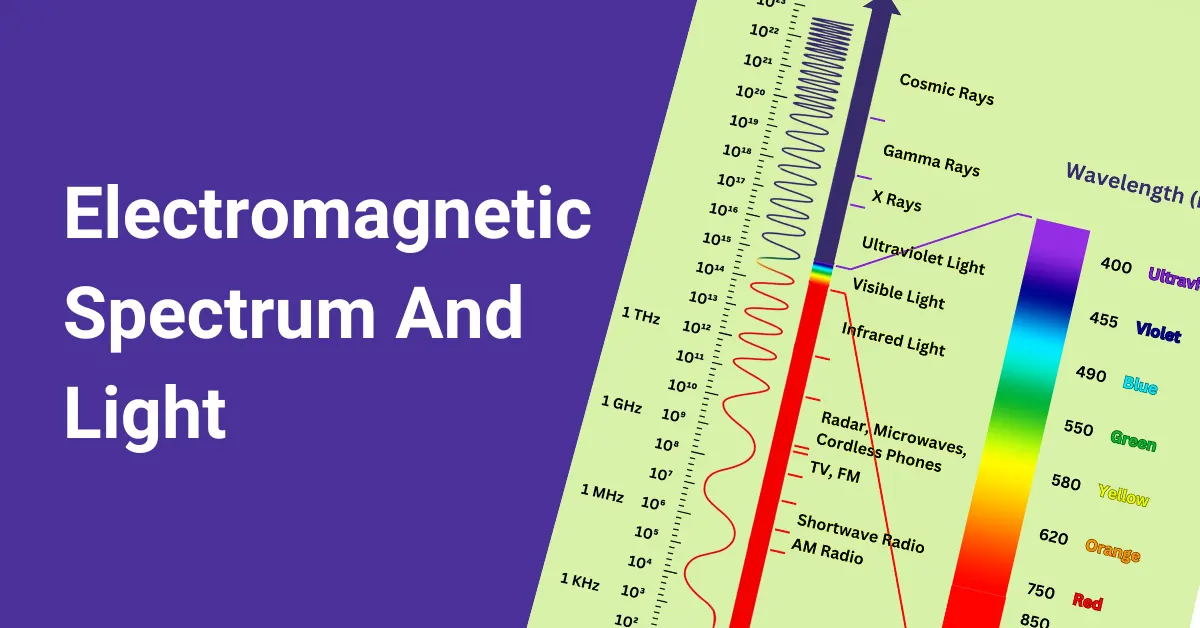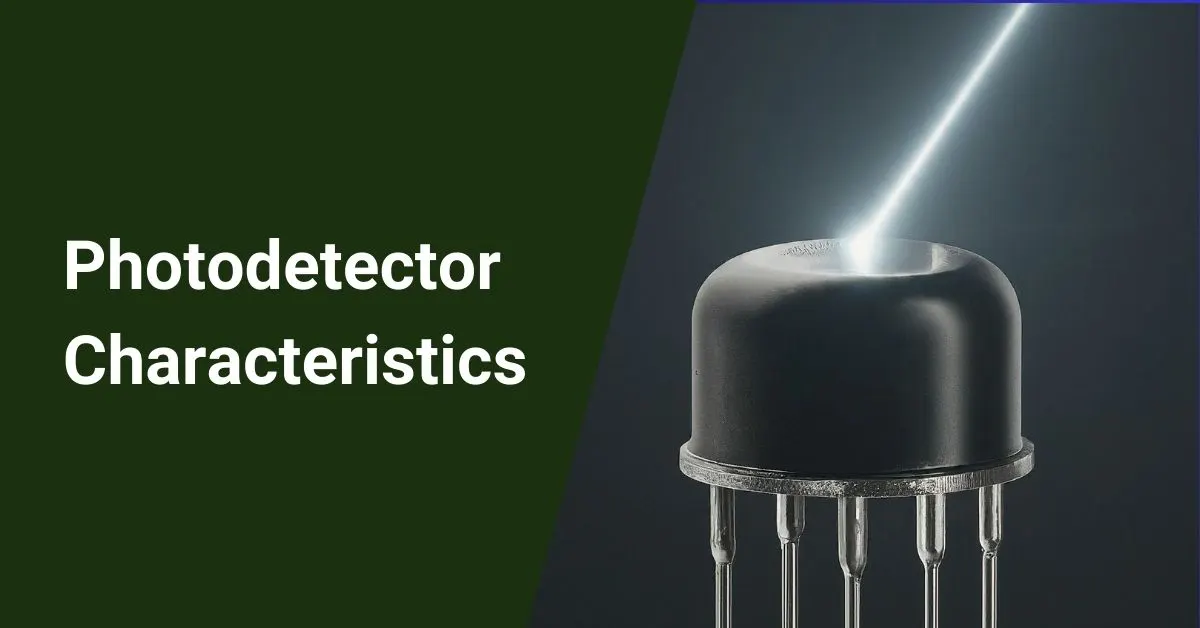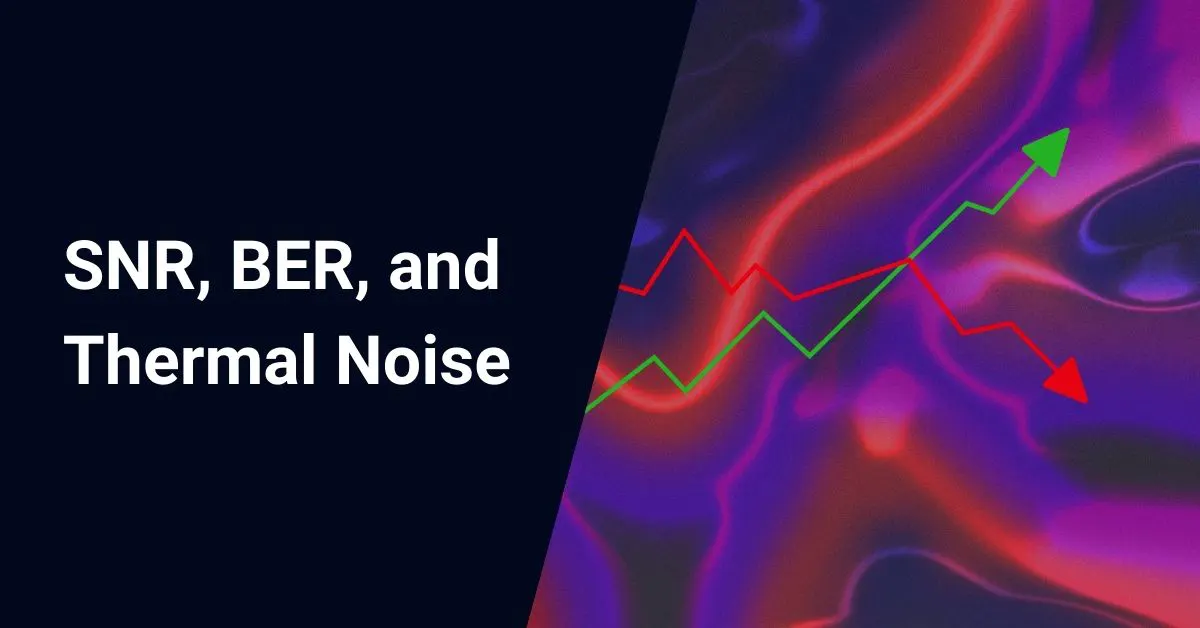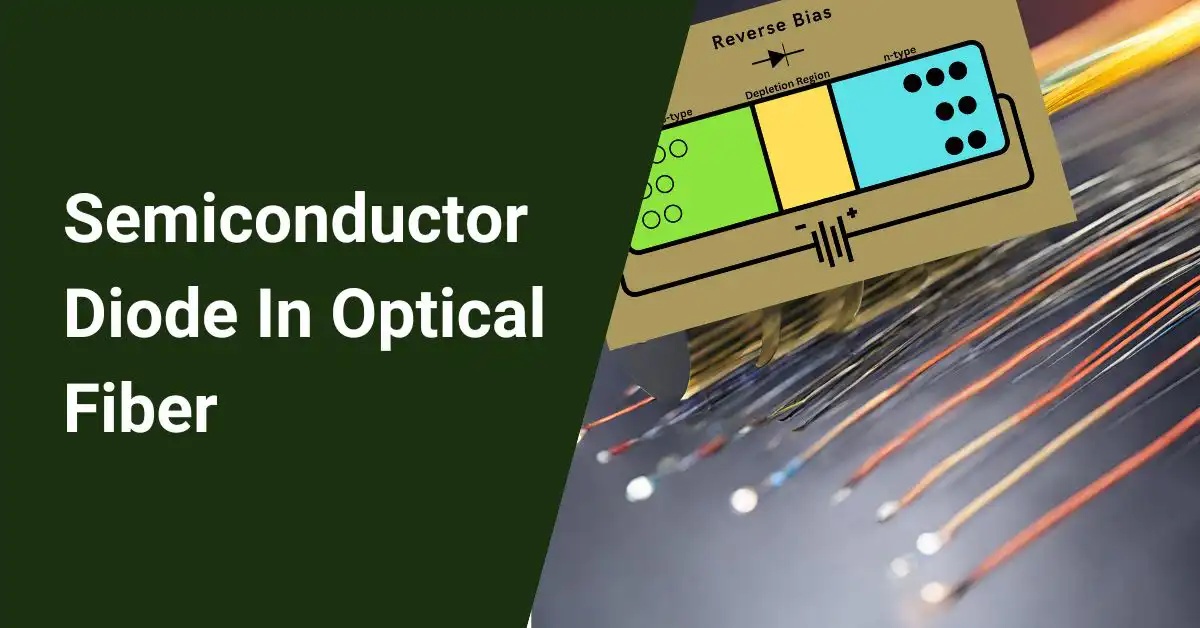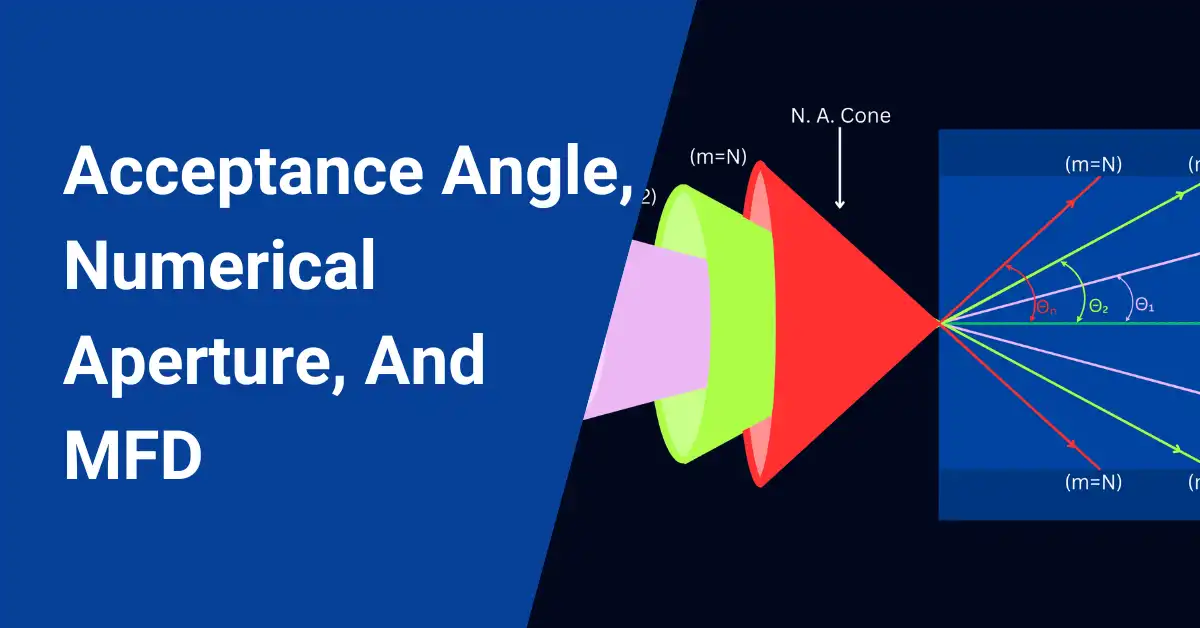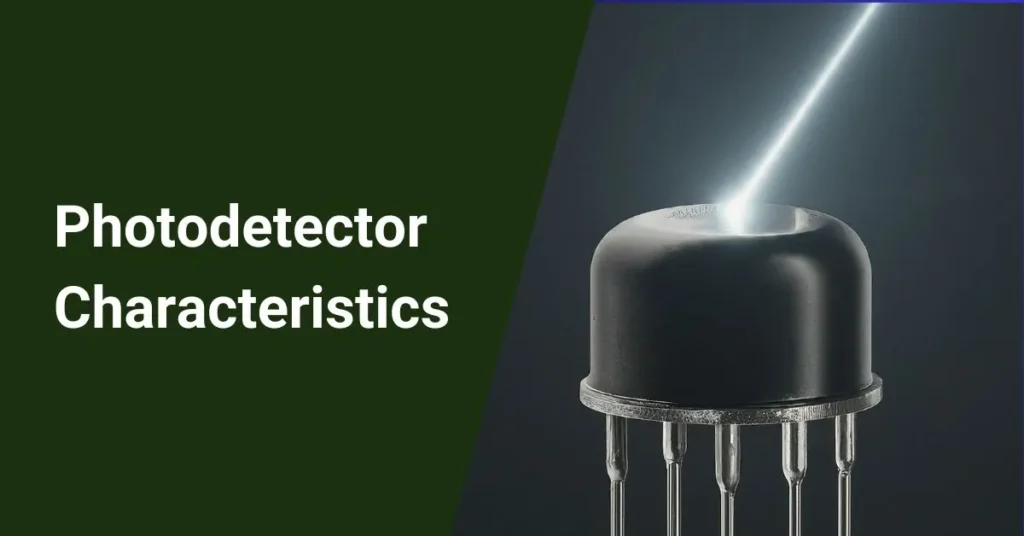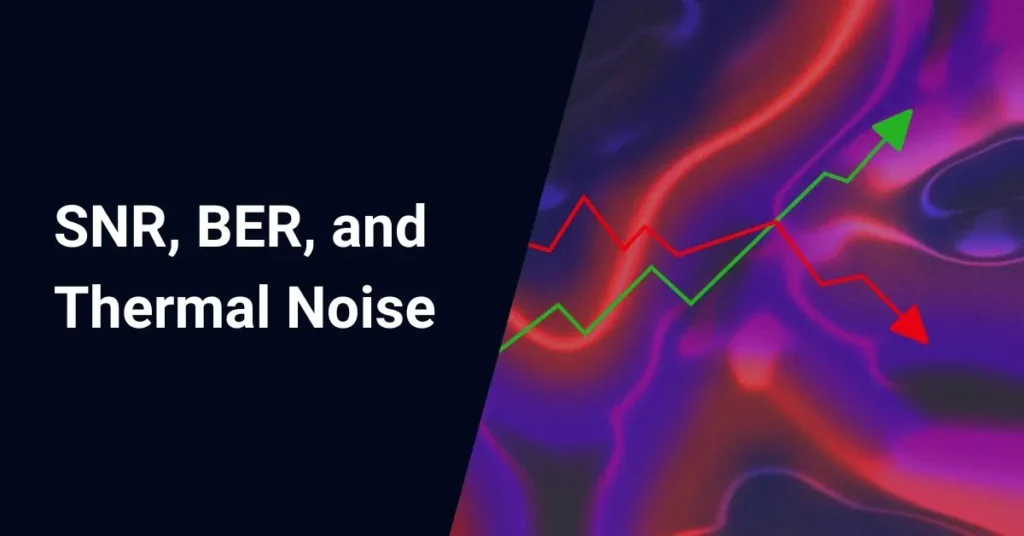Optical fiber communication transmits data over long distances using glass or plastic fibers. This method encodes data into light signals by modulating properties like wavelength, phase, and polarization. The light signals propagate to the receiver through the fiber optic cable.
Optical fiber communication relies on the properties of light from the electromagnetic spectrum. By optimizing parameters like wavelength, transmission speed, capacity, efficiency, and distance can be maximized.
Table of Contents
Electromagnetic Spectrum
The electromagnetic spectrum encompasses the full range of electromagnetic radiation frequencies. It includes radio waves, microwaves, infrared, visible light, ultraviolet, X-rays, and gamma rays.
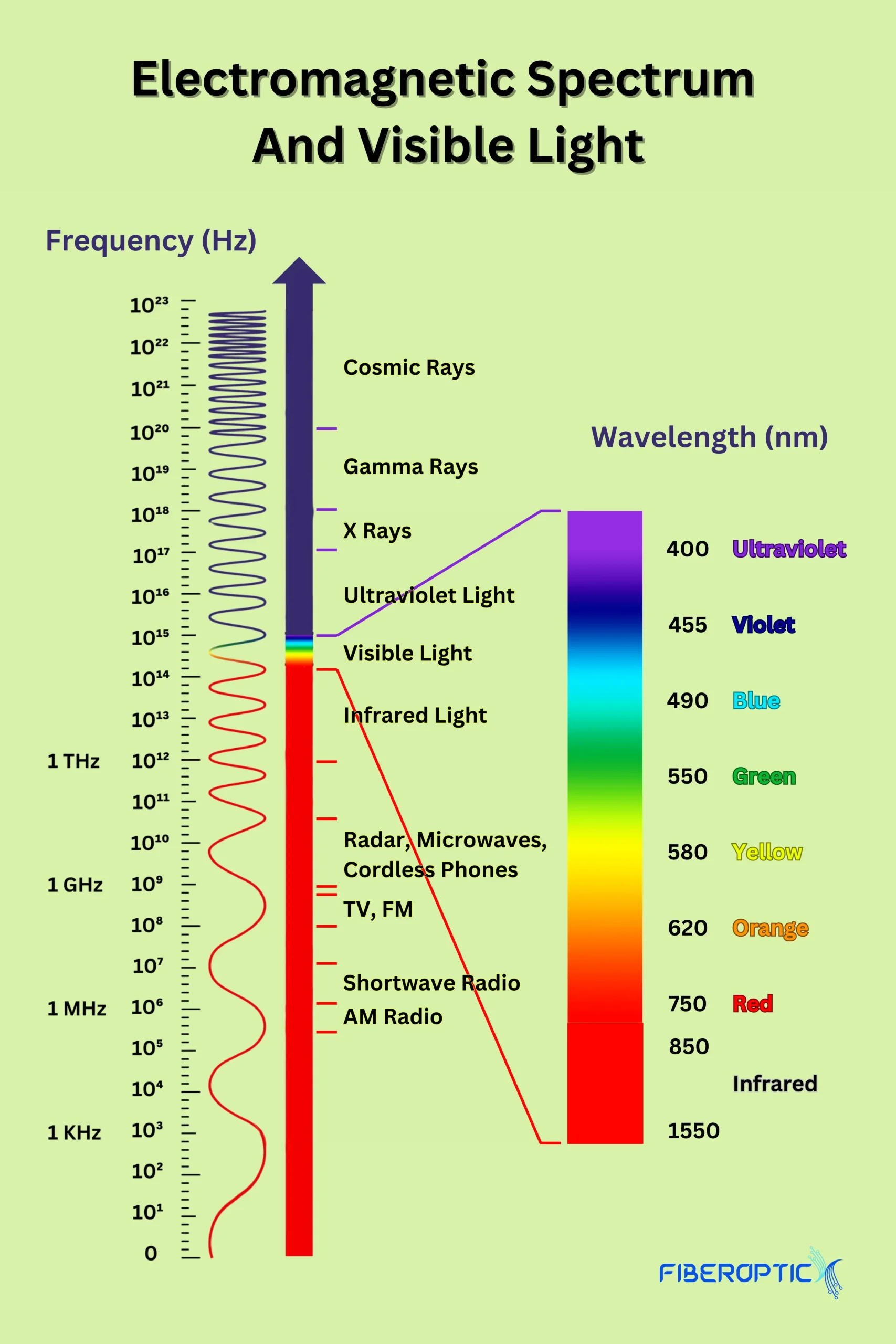
Understanding the Electromagnetic Spectrum
The electromagnetic spectrum ranges from extremely low frequencies up to 1025 Hertz. Lower frequencies have longer wavelengths, while higher frequencies have shorter wavelengths.
Only visible and near-infrared light can propagate through optical fibers. Optical fiber communication uses wavelengths in the near-infrared band, specifically 770-1675 nanometers.
The near-infrared band is divided into smaller wavelength ranges:
- O band: 1260-1360 nm
- E band: 1360-1460 nm
- S band: 1460-1530 nm
- C band: 1530-1565 nm
- L band: 1565-1625 nm
This division is because attenuation varies across the near-infrared band. The C and L bands have the lowest loss, enabling longer transmission distances.
Visible light wavelengths (400-750nm) are not used for fiber optic transmission due to high attenuation. Optical fibers have a minimum loss in the near-infrared.
Role of Electromagnetic Spectrum in Fiber Optics
Optical fibers transmit data through light signals within a small part of the electromagnetic spectrum. Infrared light is primarily used because it has lower attenuation, allowing for longer transmission distances.
The most common infrared wavelengths used are 850, 1300, and 1550 nanometers. The 850nm band is used for short-distance multimode links, while 1300nm and 1550nm are used for long-distance single-mode links.
The particular infrared wavelength impacts:
- Fiber bandwidth capacity
- Maximum transmission distance
- Transmission efficiency
- Compatibility with light sources
By selecting the optimal wavelength, fiber optic systems can maximize performance.
Visible Light and Infrared Waves in Fiber Optics
Visible light wavelengths from 400-750nm are unsuitable for fiber optic transmission due to their high attenuation in optical fibers. Infrared wavelengths above 750nm have much lower attenuation.
The three main infrared bands used in modern fiber optic systems are:
- 850 nanometers – Multimode fiber transmission over short distances
- 1300 nanometers – Multimode or single-mode fiber over medium distances
- 1550 nanometers – Single-mode fiber over very long distances
The infrared wavelengths above 1500nm have the lowest attenuation in silica glass fibers, allowing signals to travel great distances with minimal loss of power. Utilizing these wavelengths enables high-speed, long-haul transmission.
Electromagnetic Wave
Electromagnetic waves consist of oscillating electric and magnetic fields propagating perpendicularly. Light is a form of electromagnetic radiation.
Basics of Electromagnetic Waves
- Electromagnetic waves are created by accelerating electric charges. This generates oscillating electric and magnetic fields.
- The waves transport energy through space at the speed of light.
- The direction of propagation is perpendicular to the oscillating fields.
- Different types include radio waves, microwaves, infrared, visible light, ultraviolet, X-rays, and gamma rays.
- Wavelength decreases and frequency increases, moving up the spectrum.
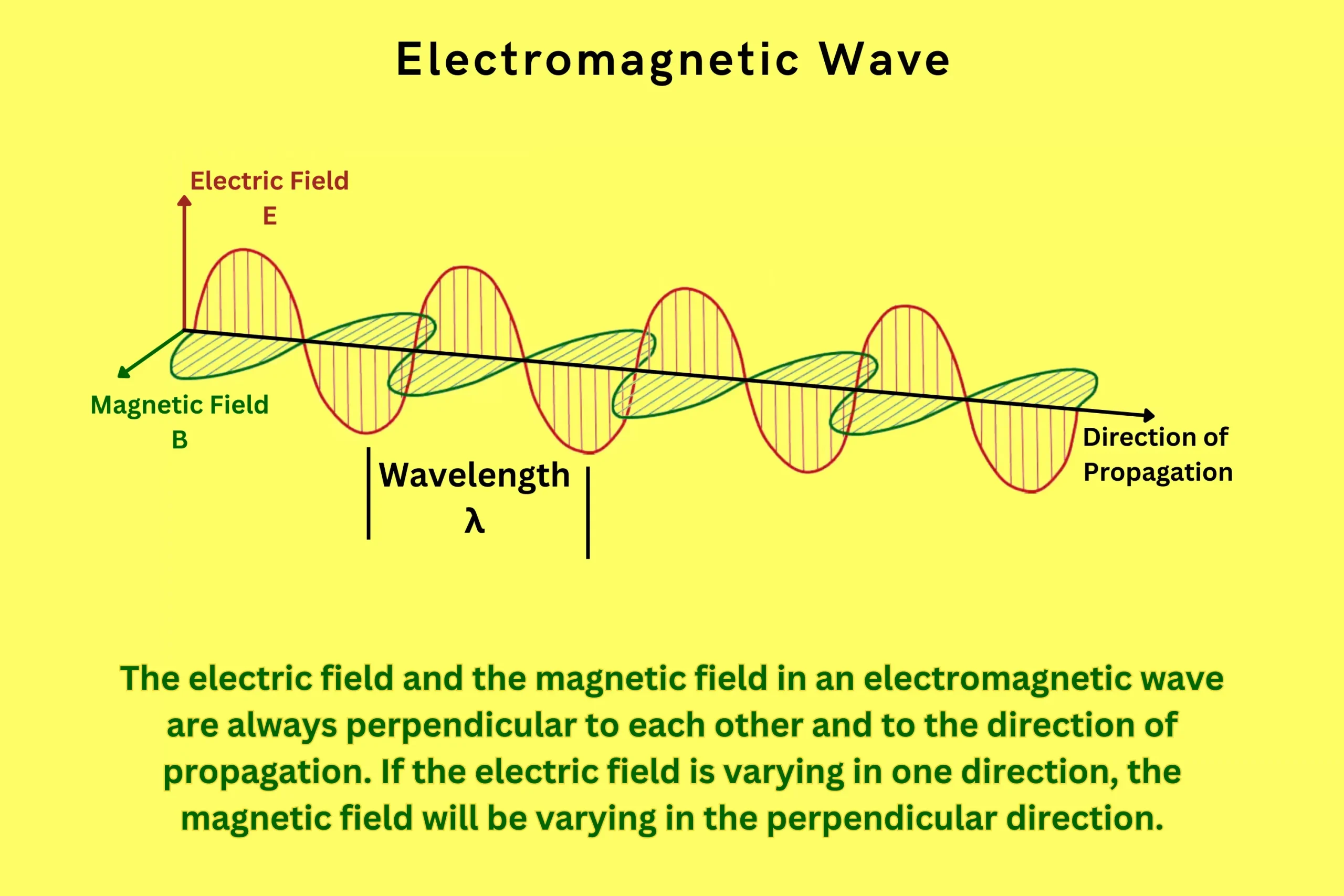
Electromagnetic Waves in Fiber Optics
Optical fibers transmit near-infrared light, typically from 770-1675 nanometers. This wavelength range minimizes interference from other electromagnetic sources.
- The common bands used are 850nm, 1300nm, and 1550nm.
- 1550nm has the lowest attenuation in silica glass fibers.
Fiber optic networks are highly resistant to external electromagnetic interference. This is because signals propagate through light rather than electrical current inside the fiber.
Wavelength and Amplitude
Wavelength is the distance between consecutive peaks of an electromagnetic wave. It impacts transmission properties in fiber optics. Amplitude is the height of the wave peak from equilibrium. Amplitude and wavelength define the wave shape.

Understanding Wavelengths in Fiber Optics
The main wavelengths used for fiber optic transmission are 850, 1300, and 1550 nanometers.
- Multimode fiber is suitable for 850nm and 1300nm wavelengths.
- Single-mode fiber is optimized for 1310nm and 1550nm.
Shorter wavelengths allow higher data rates but have higher attenuation. Longer wavelengths enable longer-distance transmission.
The wavelength also impacts the refractive index and transmission speed slightly in the fiber. But generally, different wavelengths travel at similar speeds.
Importance of Wavelengths in Fiber Optics
Wavelengths determine the fiber’s bandwidth capacity and transmission efficiency. They allow efficient propagation, maximize bandwidth utilization, minimize interference, and ensure compatibility.
The wavelength used in fiber optics systems impacts:
- Bandwidth capacity
- Transmission distance
- Transmission efficiency and speed
- Resistance to attenuation
- Light source compatibility
By selecting the optimal wavelength, fiber optic links can achieve maximum bandwidth, efficiency, and distance.
Wavelengths also minimize interference, prevent signal leakage, and ensure compatibility with optoelectronic components. Optimizing wavelength is crucial for performance.
The Speed of Light
The speed of light in a vacuum is approximately 300,000 kilometers per second. It was first measured accurately in 1676 by Ole Roemer.
Speed of Light in Different Mediums
The speed of light varies depending on the medium it travels through:
- Vacuum: 300,000 km/s (186,000 mi/s)
- Water: 225,000 km/s (140,000 mi/s)
- Glass: 200,000 km/s (124,000 mi/s)
- Optical fiber: 200,000 km/s
The speed drops because the light interacts with atoms in the medium. The refractive index quantifies the speed reduction.
Dense mediums like glass and water slow down the speed of light considerably compared to empty space. The speed also varies slightly for different wavelengths.
The speed of light is related to the combination of wavelength “λ” (Greek lambda) and the wave frequency “ν” (Greek nu) through the equation:
\(C=λν\)
Speed of Light in Fiber Optics
- In optical fiber, the speed of light is around 200,000 km/s.
- This is 31% slower than in a vacuum due to the higher refractive index of glass (n=1.5).
- Using the refractive index, the speed in a medium is calculated as:
\(Speed\ in\ medium=\frac{Speed\ in\ vacuum}{Refrative\ index}\)
- Different wavelengths travel at slightly different speeds in fiber, with violet and blue light faster than red and orange. However, the variation is generally negligible.
- A slower speed enables more contained propagation within the core instead of leaking out. But it also increases transmission time.
The Ray Theory
Ray theory models light propagation in fibers using straight-line rays and geometric optics.

Introduction to Ray Theory
- Ray theory is a simplified model representing light as straight-line rays along the fiber axis.
- It describes the direction of light but not wave properties.
- Rays follow laws of reflection and refraction at boundaries.
- Ray theory is a high-frequency approximation suitable for media with smooth variations.
- It does not model interference and diffraction effects requiring wave theory.
Key assumptions:
- Light travels in straight lines in a homogeneous medium
- Rays reflect and refract at boundaries
- The angle of incidence = angle of reflection
Ray Theory in Fiber Optics
- Ray theory analyzes light propagation direction in fibers.
- Rays travel linearly along the core axis and reflect internally at the core-cladding boundary.
- Ray positions and directions are used to determine path changes based on optical principles.
- Ray theory simplifies the analysis of directional flow.
- It cannot model interference effects requiring wave theory.
- Rays with specific characteristics propagate in the fiber core while others leak into the cladding.
Conclusion
In summary, fiber optic communication relies on near-infrared light wavelengths that experience low attenuation when transmitted through optical fibers. The most common wavelengths used are 850nm, 1300nm, and 1550nm. These wavelengths minimize signal loss over long distances, maximize bandwidth capacity, and ensure compatibility with fiber optic components.
By carefully selecting transmission wavelengths and optimizing fiber properties, optical fiber technology is able to reliably and efficiently transmit vast amounts of data signals over vast spans. This has enabled the development of high-speed global telecommunications networks that keep our increasingly digital world connected through reliable light transportation.
FAQ
Is fiber optic affected by electromagnetic interference (EMI)?
No, a major advantage of fiber optics is its immunity to EMI compared to traditional copper cables. The light signals within the fiber are not affected by external electromagnetic fields, making them ideal for applications requiring high data integrity and noise immunity.
Which waves pass through fiber optics?
Fiber optics primarily transmits light waves within the near-infrared region of the electromagnetic spectrum. Other types of waves, like radio waves or microwaves, have longer wavelengths and cannot be efficiently guided through the smaller fiber core, leading to high transmission losses.
What frequencies are used by fiber optic technology?
The frequencies used in fiber optics correspond to the chosen wavelengths within the near-infrared range. For example, the 850 nm wavelength translates to a frequency of around 350 THz, while the 1550 nm wavelength has a lower frequency of about 193 THz.
Do fiber optic cables use electromagnetic waves?
Yes, even though fiber optics utilizes light, it ultimately falls under the umbrella of electromagnetic radiation. Light and other forms of electromagnetic waves, like radio waves or X-rays, differ only in their wavelengths and frequencies within the electromagnetic spectrum.
What are the electromagnetic modes in optical fiber?
Electromagnetic modes refer to distinct patterns of light distribution within the fiber core. Different modes have varying wave shapes and velocities, influencing their transmission characteristics and potential limitations. Single-mode fibers support just one fundamental mode, while multi-mode fibers can handle multiple modes with varying efficiencies. The mode choice depends on factors like bandwidth requirements, distance, and cost.


